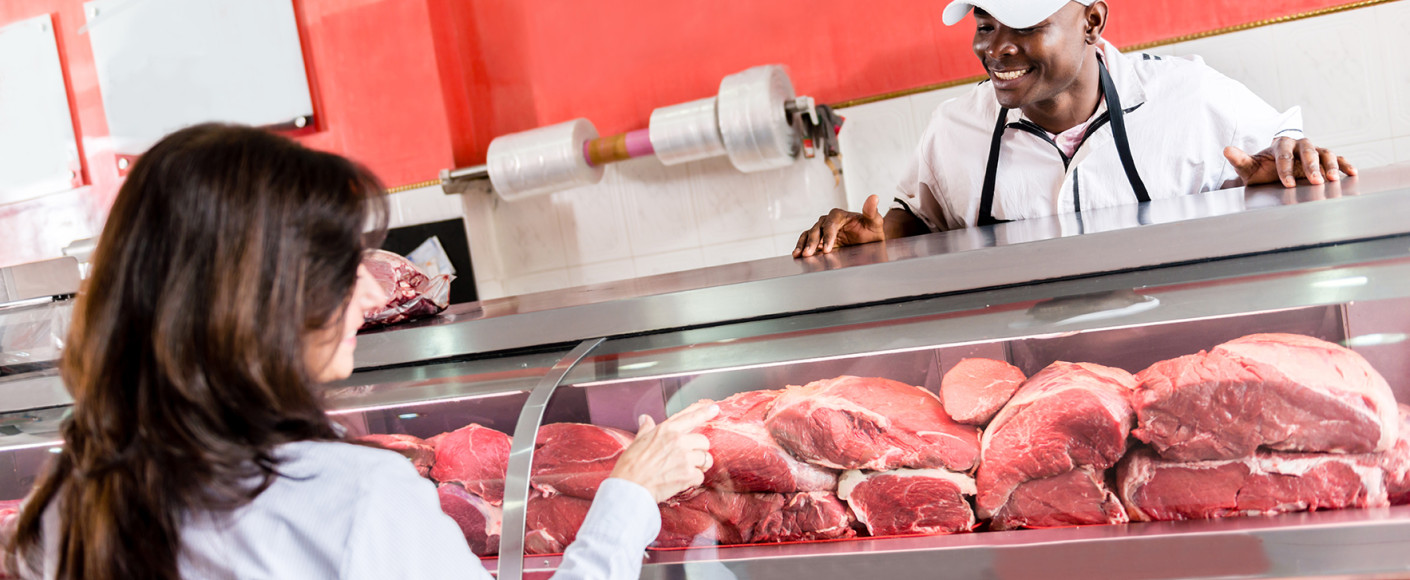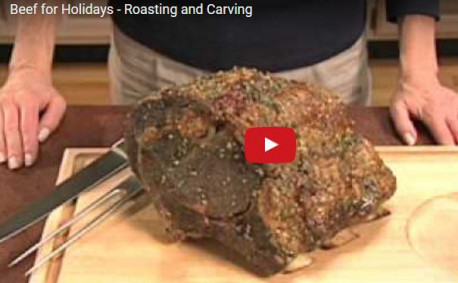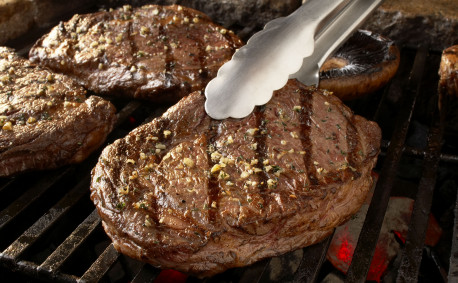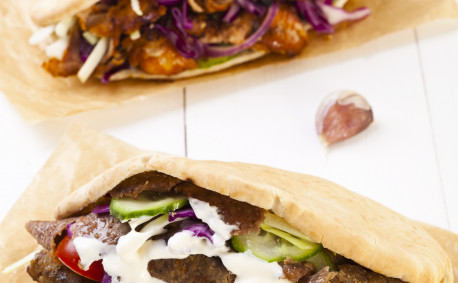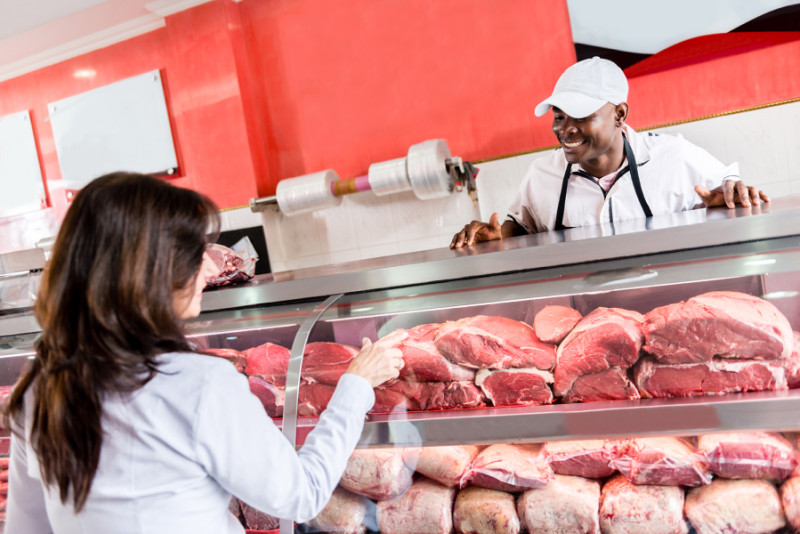Different Cuts of Beef
Between hamburgers, meatballs, roasts and steaks, it’s safe to say beef knows how to satisfy the American palate. Yet with eight primal cuts — and even more subprimal or “retail” cuts — it can be overwhelming to learn what each one has to offer. Whether you’re a ribeye rookie or a sirloin specialist, we hope you can appreciate this breakdown of our favorite beef cuts and some delicious ways to cook them.
Chuck
You might not expect a bovine’s shoulder to make up one of the largest beef cuts, but the chuck — the space between the neck and the first five ribs — actually makes up more than a quarter of the animal.
Since cattle use these muscles while grazing, much of the chuck contains collagen, thick muscle fibers and connective tissue. Each of these factors make the chuck perfect for slow-cooking classic dishes such as pot roast and short ribs. Although the cut may start off a bit tough, a slow roast can make the meat more tender and bring out its rich, beefy flavor.
Rib
This primal cut starts at the sixth rib and continues until the end of the ribcage. More tender than the chuck, the rib benefits from being roasted, seared or grilled. Dry-heat cooking methods are recommended to retain the rib’s flavor and tenderness. With a variety of savory retail cuts — the ribeye, prime rib or back ribs (a barbecue staple) — you cannot go wrong with this tender cut.
Loin
The loin sits between between the rib and the round (or rump) of the cow. Although the loin itself is one of the eight primal cuts, you might be more familiar with its subcategories: the short loin and the sirloin.
The short loin includes some crowd favorite steaks — T-bone, porterhouse and strip steaks. Depending on your choice of subprimal cuts, a single short loin can produce up to 14 steaks.
The sirloin can be divided into two sections: the top and bottom sirloin. The top sirloin is more tender, which makes it better for grilling. The bottom sirloin is tougher because the muscle is closer to the leg and used more by the animal, so it lends itself to slow-cooking methods such as smoking or slow-roasting.
The area we know as the tenderloin makes up the most tender parts of both the short loin and the sirloin. The tenderloin — as its name suggests — is considered the most tender retail cut, making it the ideal choice for special meals such as filet mignon.
Round
The round, or rump, is the second largest primal cut, making up about 22% of the animal. Although the top round is leaner, the muscles of the bottom round — which are closer to the leg — can be a bit tough since they help support cattle as they stand and walk.
Because of these distinctions, broiling, frying and grilling are recommended for subprimal cuts such as the top round steak. Tougher cuts, on the other hand, such as bottom round steaks and rump roasts, are better suited to roasting or braising.
Flank
The flank is made up of the cow’s abdomen between the plate (or belly) and the leg. Cuts from this section, such as flank steak, are great for absorbing marinades thanks to the coarse muscle fibers that run up and down the full length of the steak.
Flank steak tastes delicious when cooked at a high temperature but can easily become tough if left on the grill for too long. Scoring the steak across the muscle fibers is a helpful way to make sure the cut stays tender as you cook.
Plate
Although the plate or belly of the cow makes up only a small portion of the animal, this cut has a few different culinary uses. For example, the cartilage within the plate can be cooked at a low temperature to make gelatin.
The most common retail cut from the plate is the skirt steak, which comes from the cow’s diaphragm muscle. The outside skirt tends to be more expensive since it’s only a supportive muscle, making it more tender than the inside skirt’s working muscle. However, both varieties are known to work well in the meaty fillings of fajitas and Philly cheesesteak sandwiches.
Shank
The shank refers to cuts from the legs of the cow. Both the foreshank and hindshank tend to be tougher cuts since they are made of the working muscles of the front and back legs, respectively.
Because the shank can be so tough, moist, slow-cooking practices such as braising are popular ways of making the meat more tender. The shank can also be an inexpensive ingredient for beef stock or lean ground beef.
Brisket
Rounding out our primal cuts, we cannot forget this barbecue classic: the brisket. Making up the cow’s chest and supporting the weight of the animal, the brisket’s coarse texture benefits from a slow cook — either braised for a moist preparation or smoked for a dry alternative. And depending on your preference, the brisket’s high fat content can bring a tender and flavorful addition to the dish or be removed as needed. In either case, brisket makes a great addition to any barbecue.
Of course, this list is just the beginning of all you can do with different cuts of beef. If you’re interested in learning more about subprimal cuts of beef and the dishes that feature them, the Beef Checkoff has even more varieties and recommendations for you to explore. The next time you grill, roast, braise, sear, smoke or broil, we hope you feel more confident in your choice of beef.

